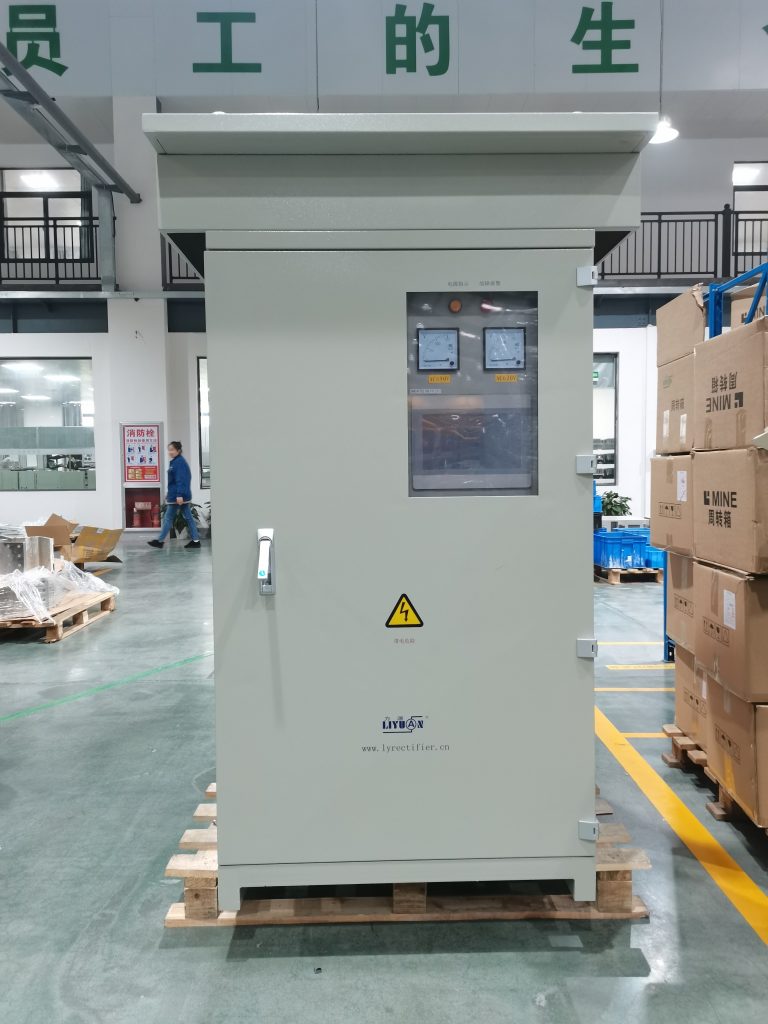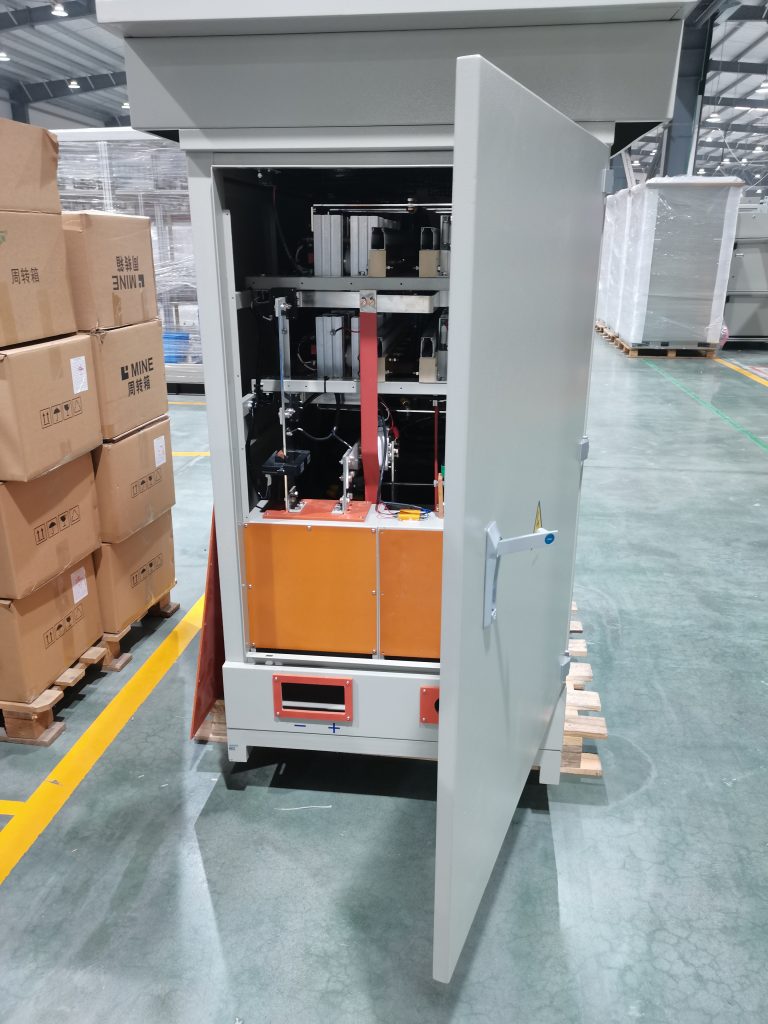Controlled rectifier is a power supply power control appliance based on thyristor (power electronic power device) and with intelligent digital control circuit as its core. It has many advantages such as high efficiency, no mechanical noise and wear, fast response speed, small size and light weight.
Thyristor is the abbreviation of thyristor, also known as silicon controlled rectifier (SiliconControlledRectifier--SCR). It was formerly referred to as silicon controlled rectifier. Because its voltage and current capacity it can withstand is still the highest among current power electronic devices and it works reliably, it still plays an important role in large-capacity applications.
The characteristics of the controllable rectifier: it is "on the verge of triggering". However, if a reverse voltage is applied to the anode or control electrode, the thyristor cannot conduct. The function of the control electrode is to turn the thyristor on by applying a forward trigger pulse, but it cannot turn it off. So, what method can be used to turn off the conducting thyristor? To turn off the conducting thyristor, you can disconnect the anode power supply (switch S in Figure 3) or make the anode current less than the minimum value to maintain conduction (called maintaining current). If an AC voltage or a pulsating DC voltage is applied between the anode and cathode of the thyristor, then the thyristor will turn off itself when the voltage crosses zero.
Since its advent in the 1950s, it has developed into a large family. Its main members include unidirectional thyristors, bidirectional thyristors, light-controlled thyristors, reverse conduction thyristors, turn-off thyristors, fast thyristors, etc. What we use today is a unidirectional thyristor, which is what people often call ordinary thyristors. It is composed of four layers of semiconductor materials, with three PN junctions and three external electrodes: the electrode derived from the first layer of P-type semiconductor is called anode A. , the electrode drawn from the P-type semiconductor in the third layer is called the control electrode G, and the electrode drawn from the N-type semiconductor in the fourth layer is called the cathode K. As can be seen from the circuit symbol of the thyristor, it is a unidirectional conductive device like the diode. The key is that it has an additional control electrode G, which gives it completely different operating characteristics from the diode.



Rectifiers are widely used in the metallurgical industry, mainly in…
Basic principle of rectifier for electrolytic hydrogen production: Electrolysis of…
Liyuan Haina Rectifier, the professional manufacturer in IGBT and SCR rectifier, committed to providing you with quality solutions and products.
Get more details? We’ll response as soon as possible (within 12 hours).
Liyuan Haina Rectifier, the professional manufacturer in IGBT and SCR rectifier, committed to providing you with quality solutions and products.
Get more details? We’ll response as soon as possible (within 12 hours).